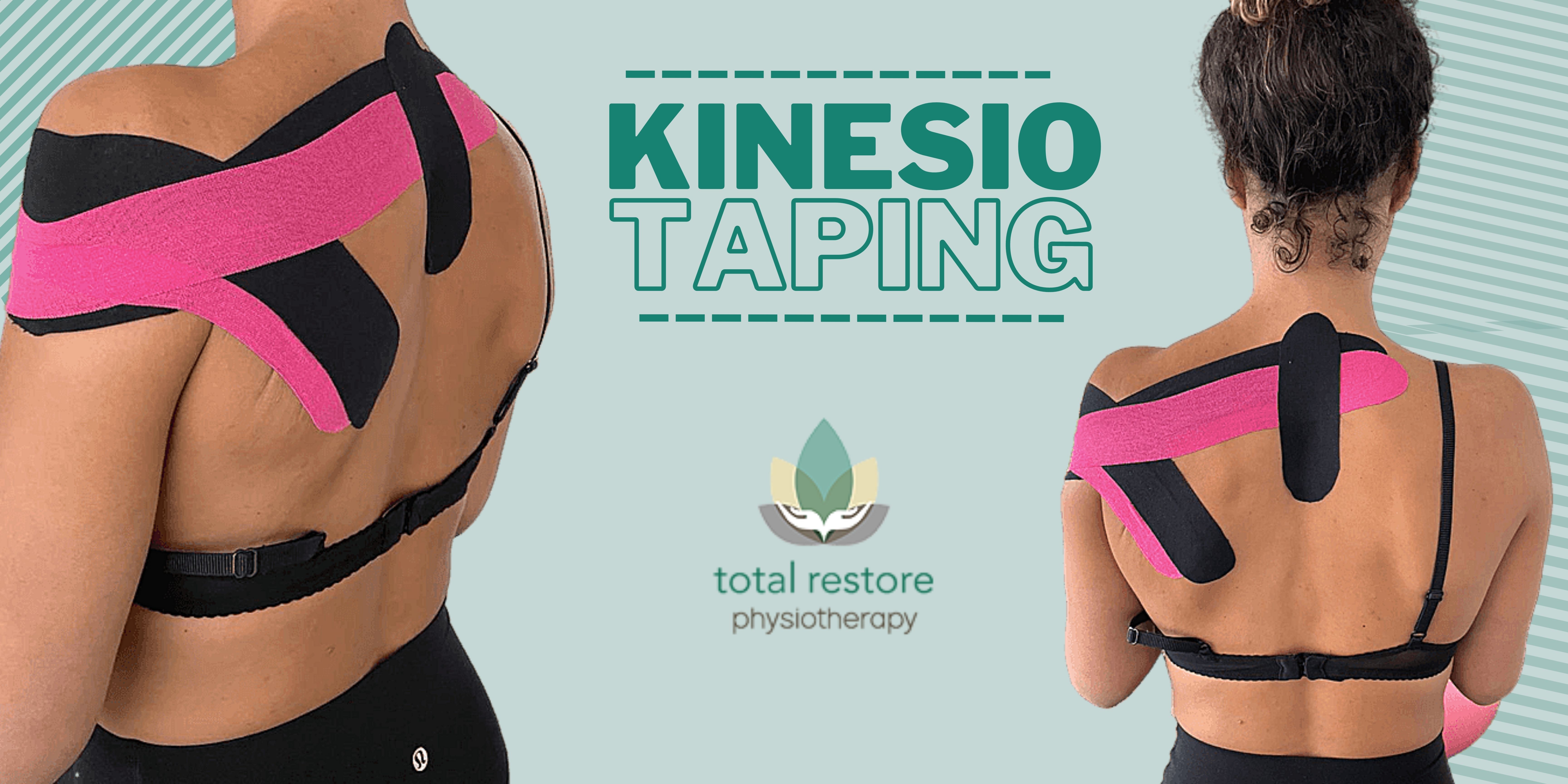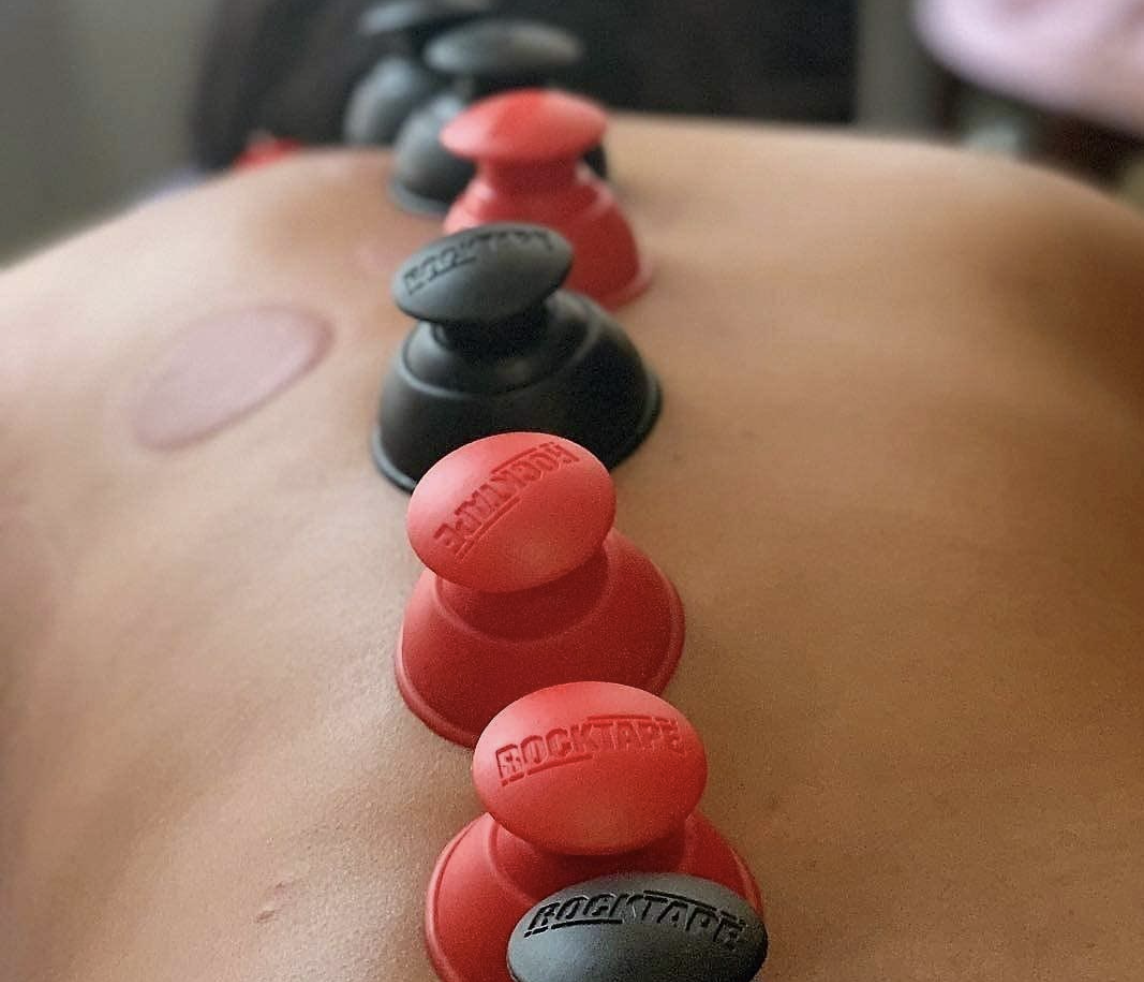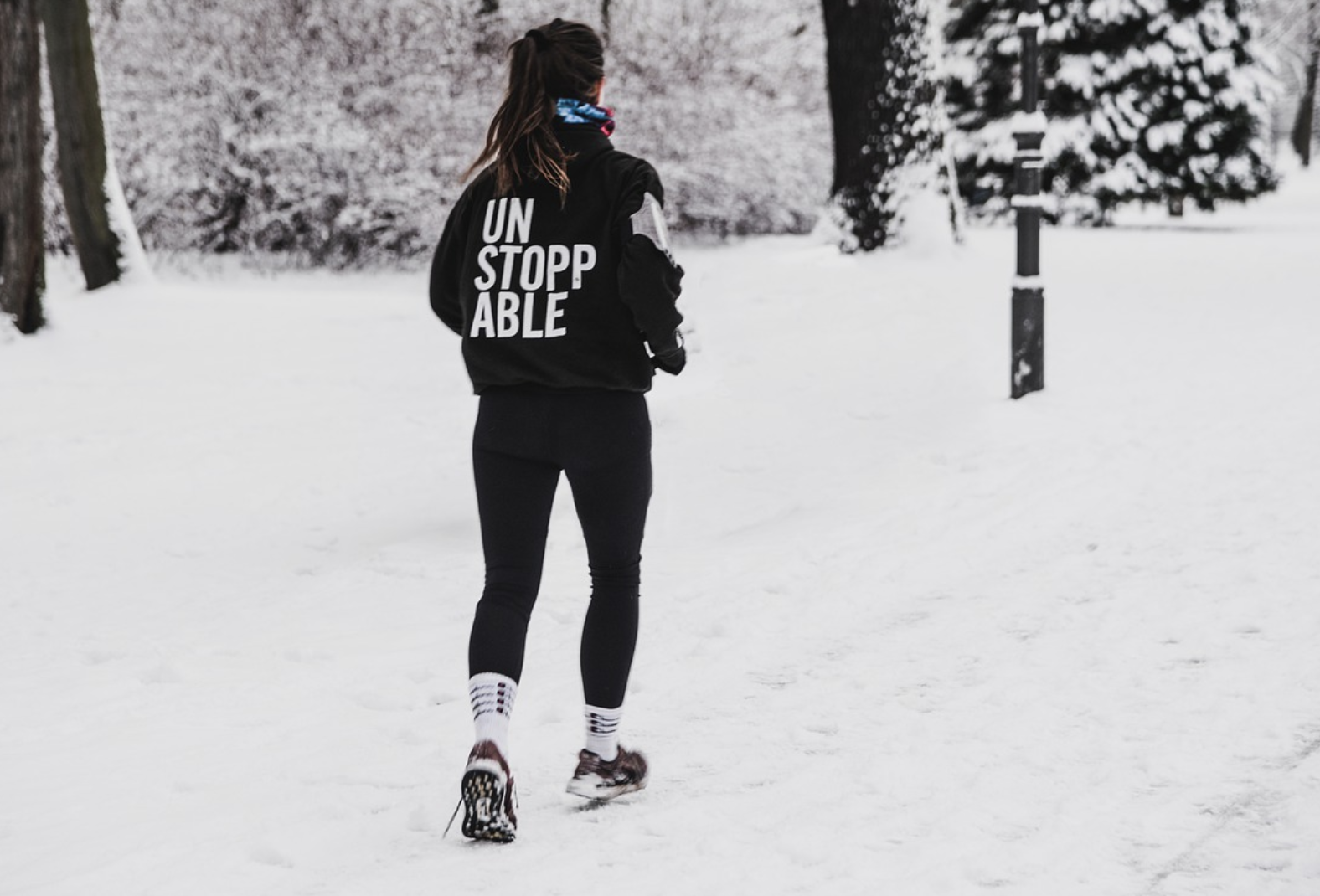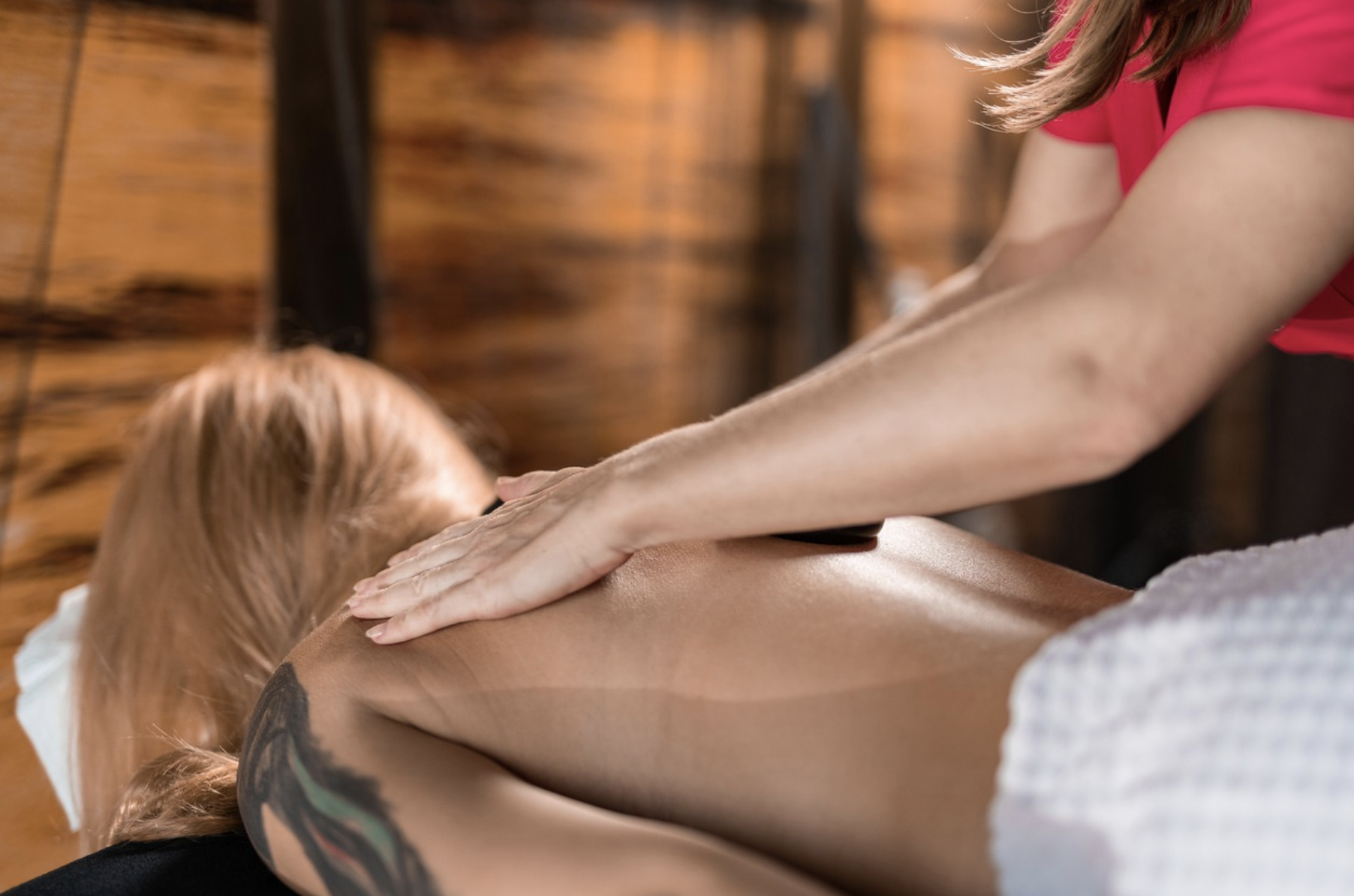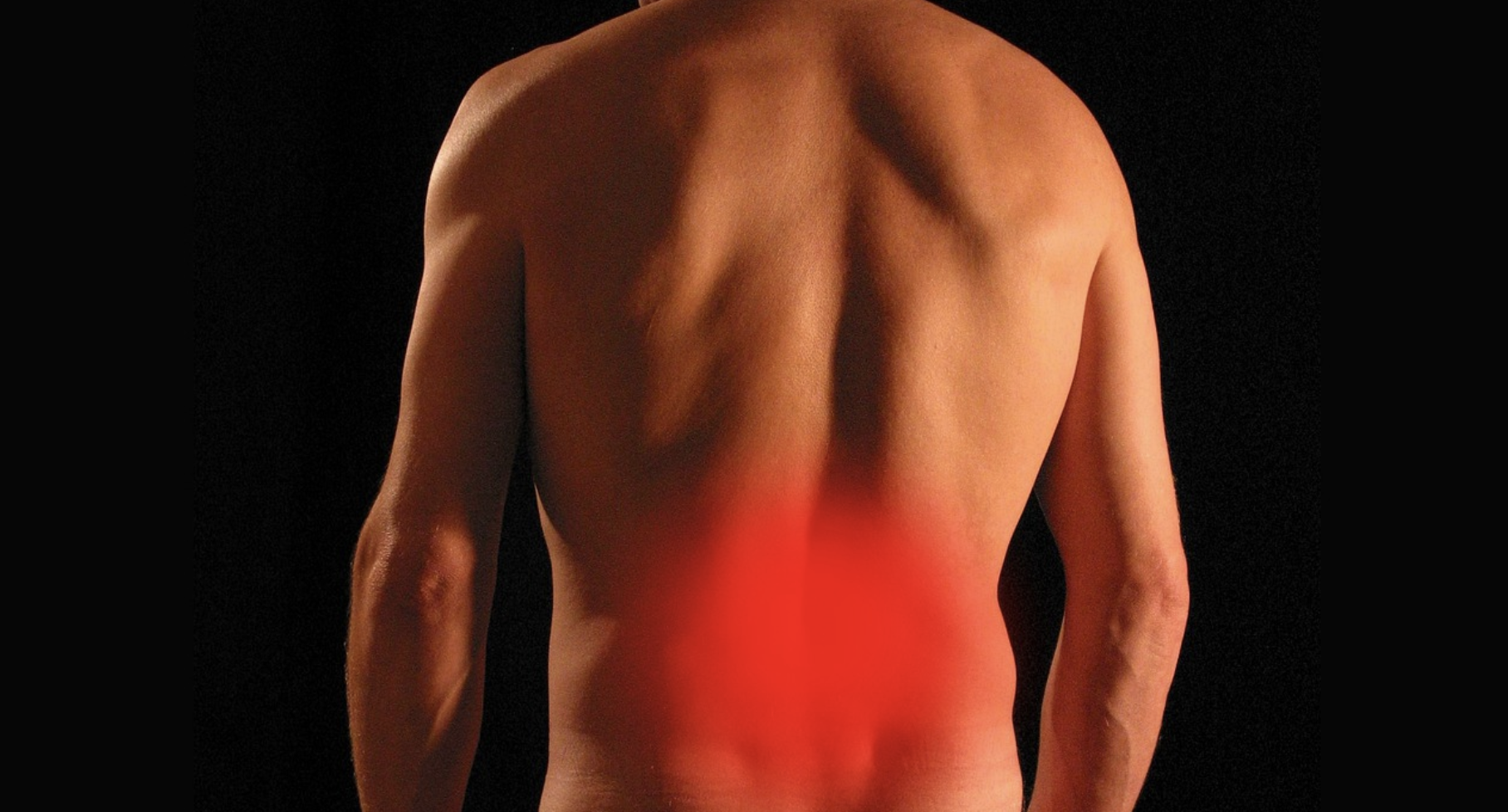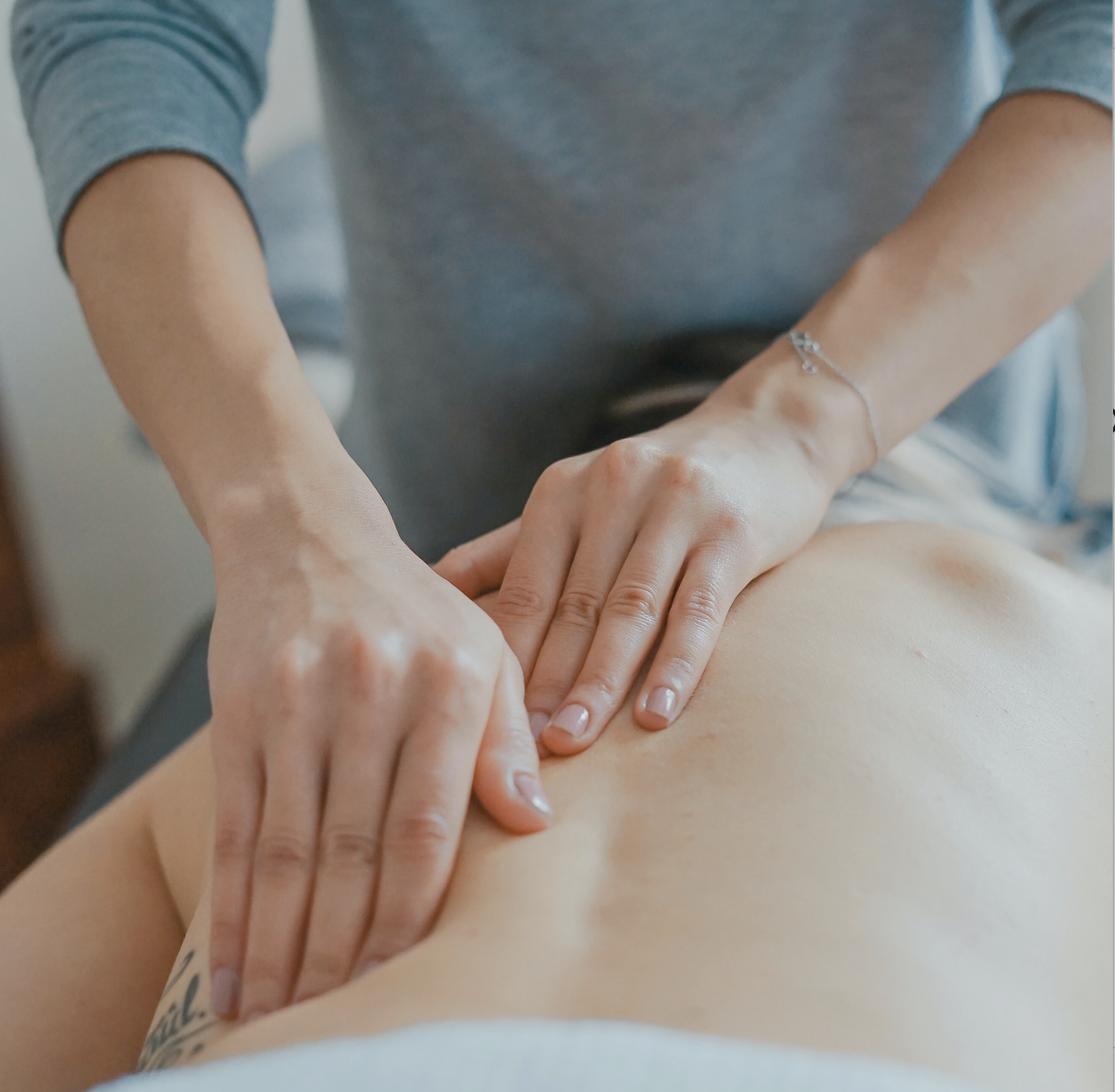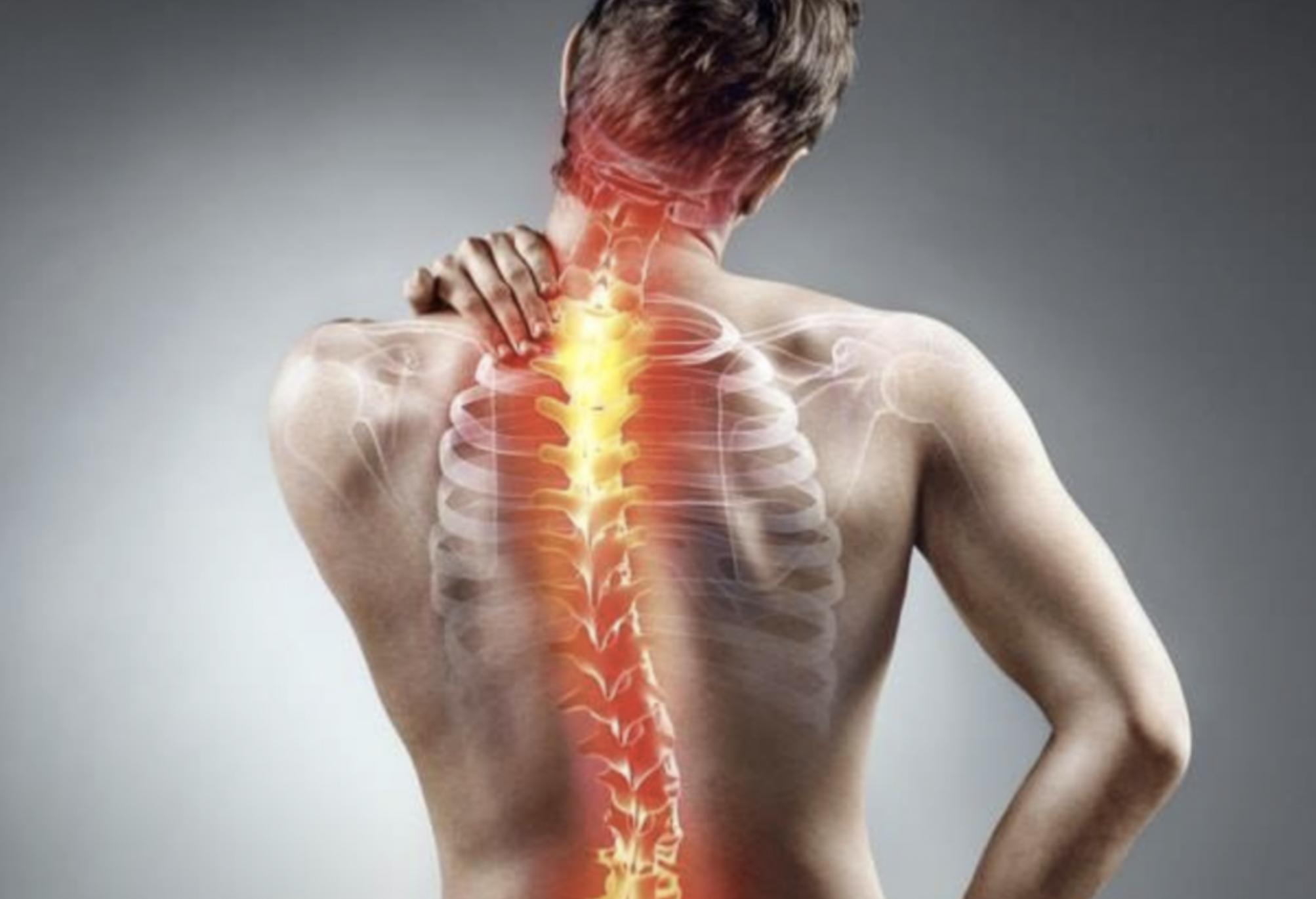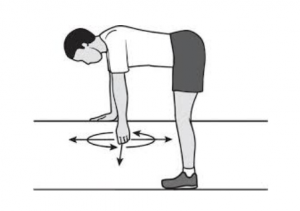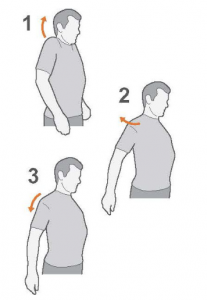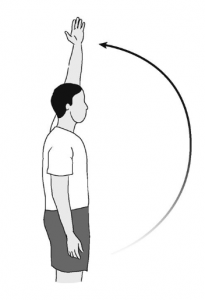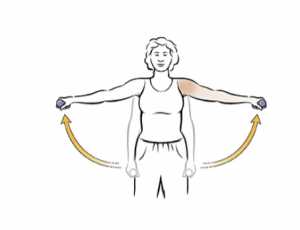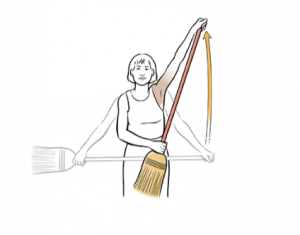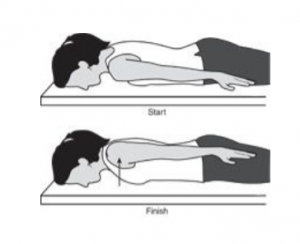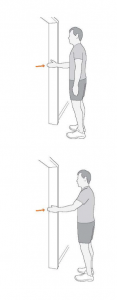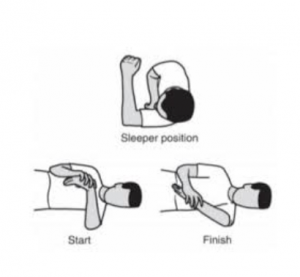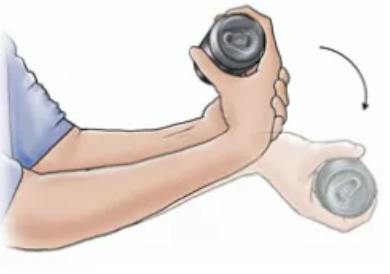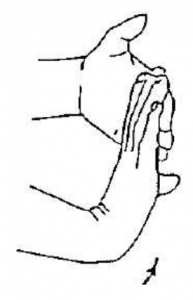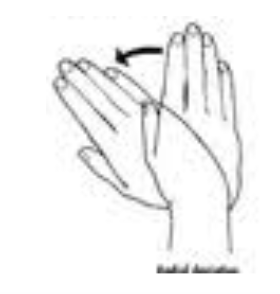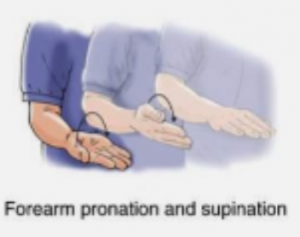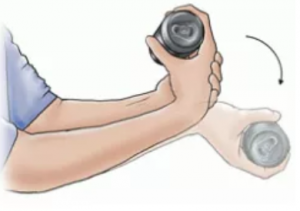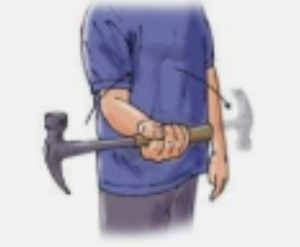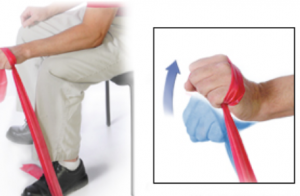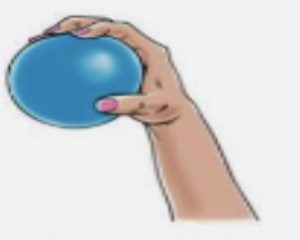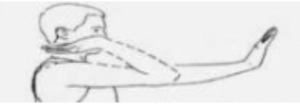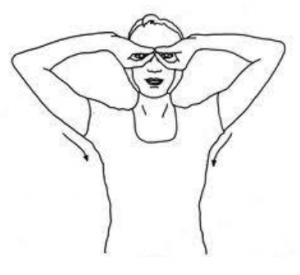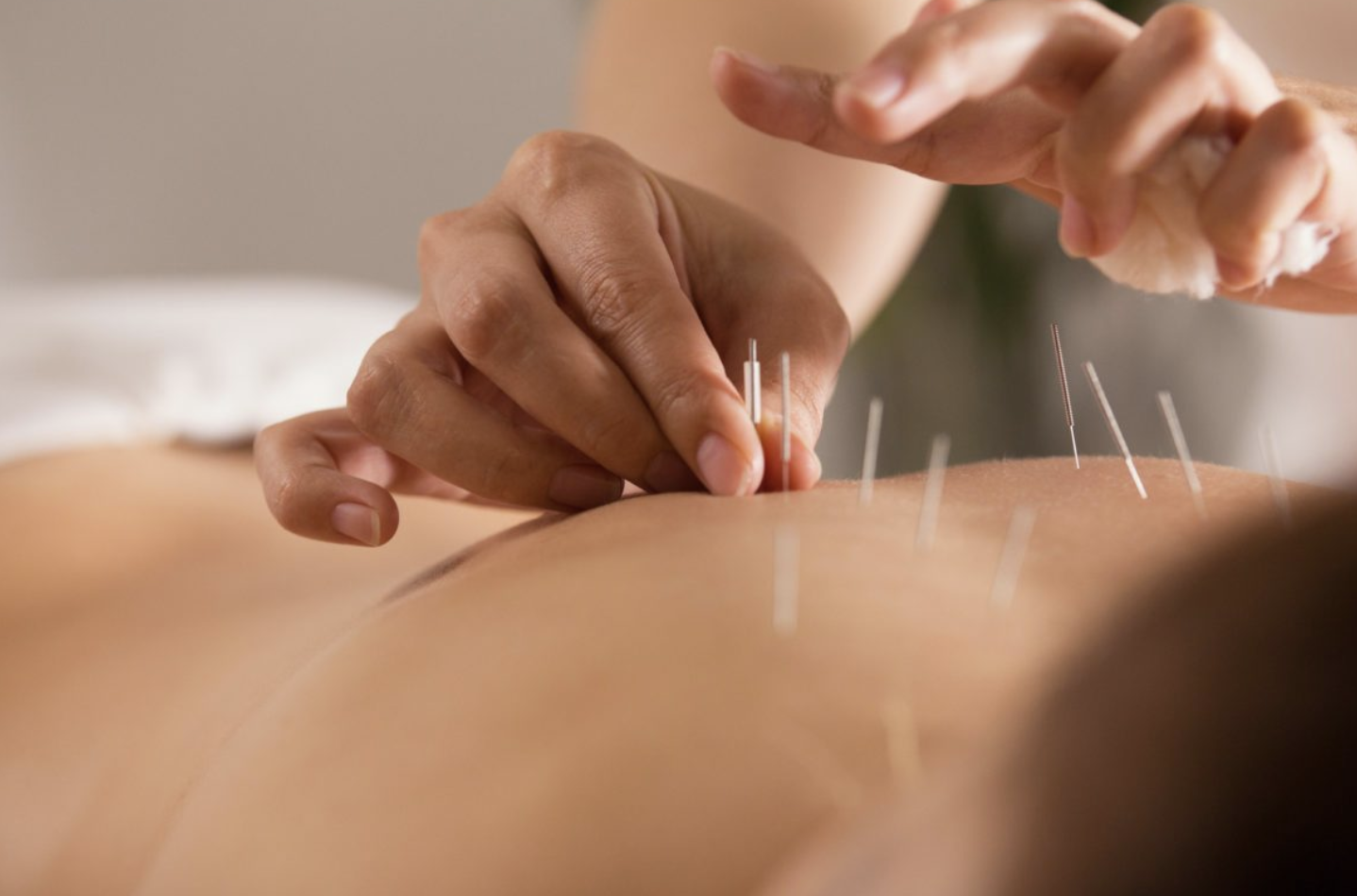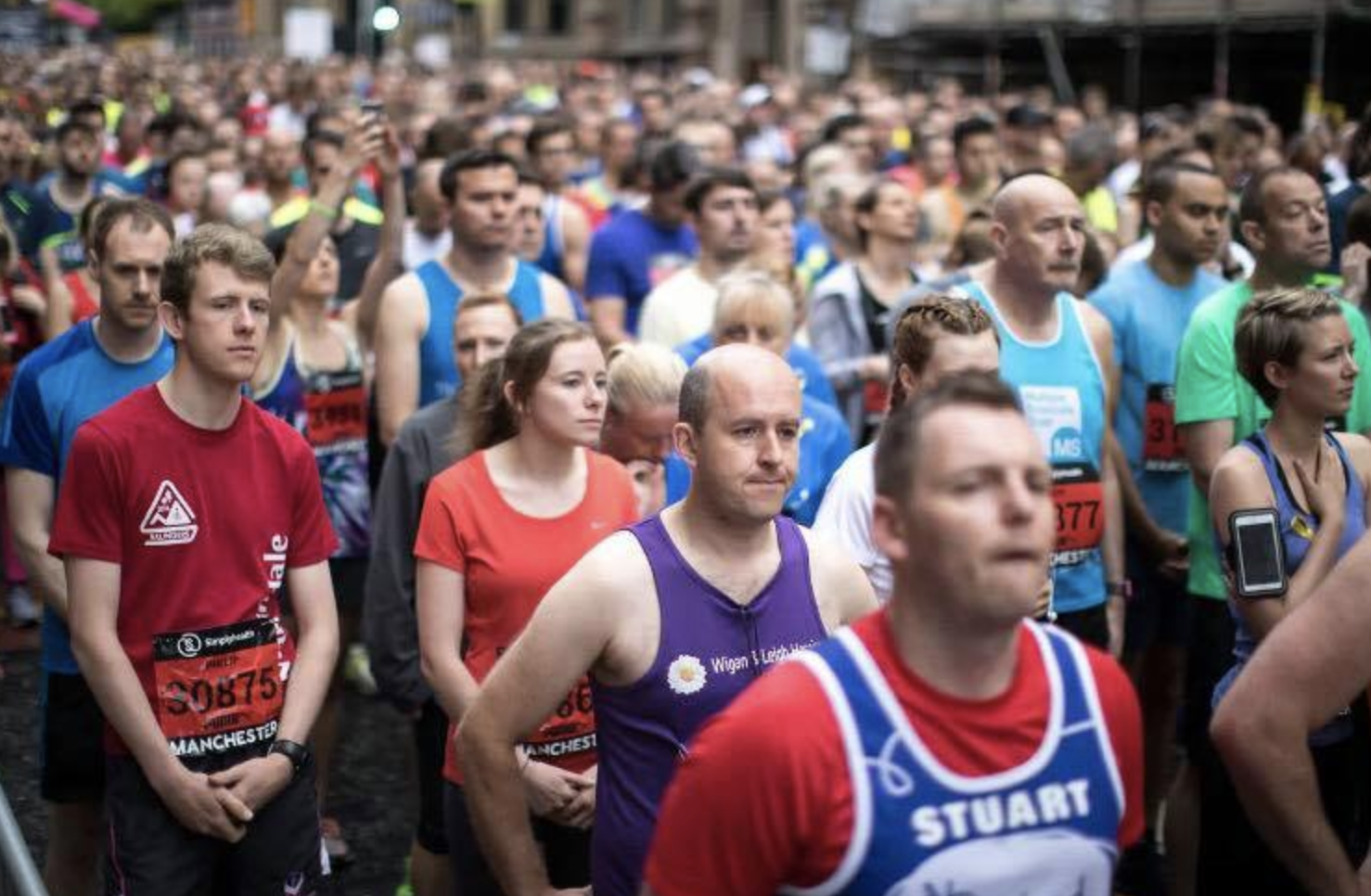Kinesio Taping Treatment
We have all seen athletes and celebrities flaunting fancy, colourful tapes on their bodies and
wondered what they are. These tapes are called ‘Kinesio tapes’ that are used by
physiotherapists.
What is Kinesio Taping?
Kinesio Taping Method is used as an adjunct therapy by physiotherapists,
wherein tape is attached directly over the affected areas for a variety of
therapeutic benefits. There are various techniques to apply the tape based on
the concern. It is used as an additional tool to support the rehabilitation process.
This is a simple process however, it requires a thorough assessment and
planning by the physiotherapist. It should only be performed by Physiotherapists
certified in Kinesio Taping.
What is taping used for?
- relieve pain
- improve joint stability
- reduce injury recurrence
- prevent injury
- reduce strain on injured or vulnerable tissues
- correct faulty biomechanics
- inhibit muscle action
- facilitate muscle action
- enhance proprioception
- compress in the presence of oedema or lymphatic drainage
- promote healing
- improve local circulation
What is the tape made of?
Kinesio Tape is a thin, non-latex stretchy, waterproof cotton tape. It is as stretchy as
human skin. It uses heat-activated glue and is wearable for a few days even while
taking a shower or exercising. It also has a grid-like pattern which makes it
breathable.
Is it safe?
If you have extremely sensitive skin, the tape might cause some irritation. Other than
that, Kinesio taping is safe for all.
Contraindications for taping?
We cannot perform taping on patients with underlying malignancies, infections, and
open wounds.
Our physiotherapists are certified in Kinesio Taping. If you would like to know more
about taping, contact us or book an appointment.

